At Dental Wellness of Lexington, we offer our patients are a beneficial solution to fixing crooked teeth and bite issues: Invisalign. These clear, plastic aligners are an alternative to traditional braces, giving both adults and older, more mature teenagers a discreet way to receive treatment and achieve beautiful, lasting results. Invisalign in Lexington is not only a flexible treatment option, but it also straightens your teeth faster than traditional metal braces. If you’re tired of looking at your imperfect teeth and are ready to take the plunge with Invisalign, contact our office today to schedule a consultation!
Invisalign – Lexington, KY
Creating Straighter Smiles In Less Time
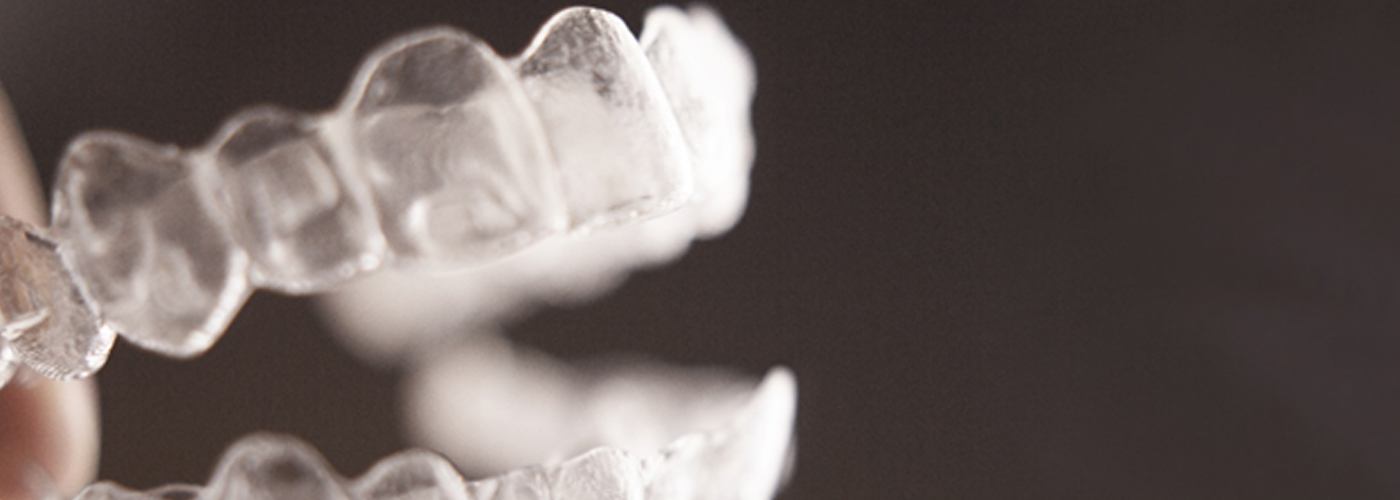
Why Choose Dental Wellness of Lexington For Invisalign?
- Invisible treatment resulting in a straighter smile
- Customized treatment plans that cater to your individual dental needs
- State-of-the-art facility filled with the latest technology
How Does the Invisalign Process Work?
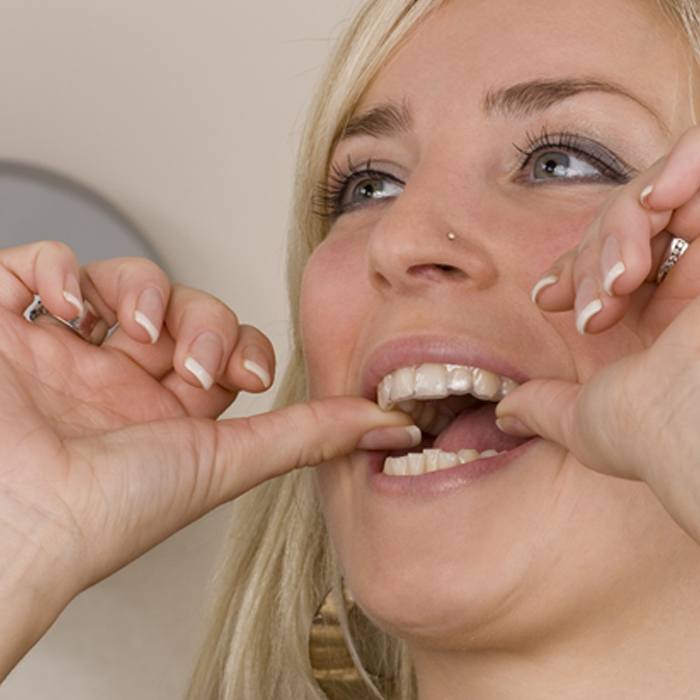
To begin the process, you’ll schedule a consultation with a qualified dentist in Lexington to discuss the process of getting Invisalign treatment. During this initial meeting, we’ll examine your mouth and craft a personalized treatment plan. Taking digital impressions of your teeth, we’ll be able to show you step-by-step what your smile will look like throughout the process.
Once your aligners are ready, you’ll return to our office and pick them up to begin treatment. You’ll wear these lightweight, clear, plastic aligners for two weeks before switching to the next set in the series. With each new set, your teeth will gently shift toward the desired position.
Am I a Qualified Candidate for Invisalign?
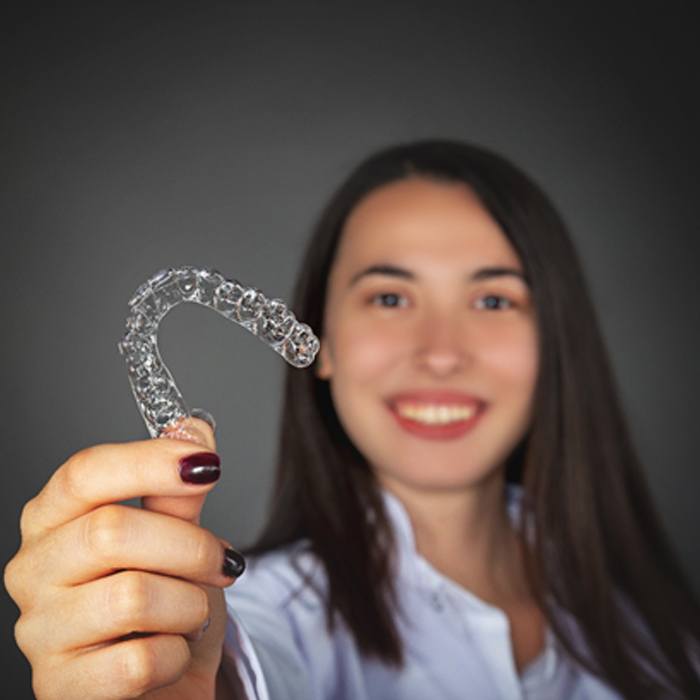
There are ways to tell if you are a qualified candidate but only our dentists can thoroughly examine your mouth to officially determine if Invisalign is right for you. Some factors include:
- Dentalneeds: If you have gaps between your teeth, crowded teeth, bite issues or crooked teeth, you are eligible for Invisalign.
- Age: Invisalign is designed for adults and older teenagers. This is because Invisalign requires a level of responsibility and commitment that may younger children and teens do not have or understand. Additionally, younger children’s teeth are still growing, which is another reason Invisalign is not a suitable solution.
- Dedication: If you are committed to wearing your aligners 20-22 hours each day and promise to maintain your trays throughout the treatment process, Invisalign will be a great option for you.
Who Can Invisalign Help?

Invisalign aligners are a more comfortable, discreet, and efficient way to align your smile than traditional braces and can help patients from their teens and beyond to correct a variety of bite issues. If you are looking for a convenient, effective treatment without the hassle of wires and brackets, Invisalign may be right for you.
Crowded Teeth
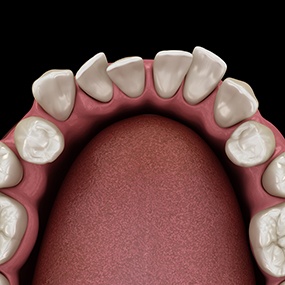
As you age, crowding in your smile can become worse as your teeth shift. This can cause issues for both your oral and overall health, as it can increase your risk of developing a variety of oral health problems such as:
- Cavities/decay
- Gum disease
- Jaw discomfort or aching
- Difficulty chewing or biting
These can easily occur because crowding causes your teeth to overlap, creating hard-to-reach spaces in the mouth that are difficult to clean and allow bacteria, food debris, plaque and tartar to accumulate.
Invisalign aligners can shift your teeth to lay flush beside each other, which in turn can make brushing and flossing much easier and more effective. Plus, a straighter smile can boost your confidence, too!
Gaps Between Teeth

Having large spaces between teeth can be the result of many things, including natural bone development, oral anatomy, having too small of teeth, a large jawbone, or a variety of other natural factors. Gaps can also occur as a result of thumb sucking or tongue thrusting during childhood.
Correcting gaps is the best solution for your oral health, as it can help reduce the risk of harmful bacteria and plaque build-up, tooth decay, gum disease, and gum inflammation.
In addition to Invisalign, your dentist may be able to correct minor gaps with dental bonding.
Overbite

An overbite (also known as an overjet) is an alignment problem that causes your top teeth to jut out too far from the lower arch of teeth. They can lead to issues such as jaw pain, speech problems, uneven tooth wear, and difficulties opening and closing your mouth. They can also cause the top teeth to be more exposed, putting them at higher risk of injury as they are not well protected.
Underbite

An underbite is the term used to describe the alignment when your bottom teeth go slightly past or match with the top row of teeth when you close your mouth. Underbites are typically the result of genetics, oral trauma, jaw injury, tumors, or a non-nutritive habit during childhood, such as thumb or pacifier sucking.
Underbites can lead to a variety of problems if left untreated, including an increased risk of sleep apnea, mouth breathing, and even difficulties speaking and chewing. Though underbites are much easier to treat in children, they are still important to correct even in adulthood.
Frequently, patients with underbites require the use of rubber bands or other attachments in conjunction with their Invisalign aligners. These can help gradually adjust your bite and pull your lower arch into it proper position.
Crossbite

A crossbite is the term used to describe when your bottom teeth are slightly in front of your upper arch. Crossbites are typically caused by genetics, poor oral habits, or premature loss of baby teeth.
Invisalign aligners can usually fix a crossbite, but if it is a result of issues related to jaw development, it might be necessary to use elastics or other accessories in conjunction with your aligners to help move the jaw into its proper position.
If left untreated, crossbite can lead to an increase in long-term problems such as gum disease, tooth decay, jaw pain, speech problems, headaches, bruxism (teeth grinding) and facial asymmetry, which can harm your self-esteem.
Open Bite
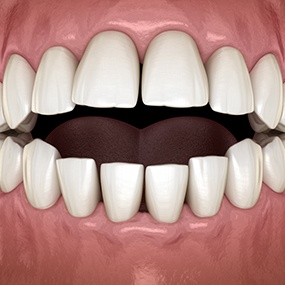
An open bite refers to when your top and bottom front teeth cannot overlap or touch when you close your mouth completely. An open bite is typically caused by poor bone development or non-nutritive habits as a child, such as prolonged thumb or pacifier sucking.
Most often, an open bite can lead to difficulties pronouncing certain words and sounds, as well as excessive enamel wear on the backs of the teeth, which can increase their risk of damage.
Invisalign aligners can help bring the front top and bottom teeth together, correcting your bite pattern and lowering your risk of wear and damage.
Benefits of Invisalign

Compared to metal braces, Invisalign has many more unique upsides. You can trust the treatment to straighten your smile smoothly and easily over time. It’s for this reason that Invisalign’s clear trays are so popular, especially among younger patients. Dental Wellness of Lexington will even prove these claims with proper evidence and facts. With that said, please keep reading to learn the benefits of Invisalign, or call our office for more details.
Discreet Trays

While regular braces can give you a “metal mouth,” this effect doesn’t apply to Invisalign. Its aligners are very discreet and blend seamlessly with your smile.
Indeed, the treatment trays are made of transparent, near-invisible plastic. This material ensures the aligners don’t stand out or draw unwanted attention. On the contrary, your friends, family, and peers likely won’t even notice the trays on your teeth. They’ll just see a smile that’s slowly moving into a straighter position.
Improved Comfort

Should you get Invisalign, you won’t have to worry about irritating brackets or wires. This clear aligner treatment offers a much comfier experience instead.
Don’t forget that Invisalign’s trays are made of smooth plastic. Given this reality, aligners have a very low risk of irritating your gums, lips, or the insides of your cheeks. Most patients only feel a slight soreness from switching trays; these aches also fade after a day or so.
Better Dental Hygiene
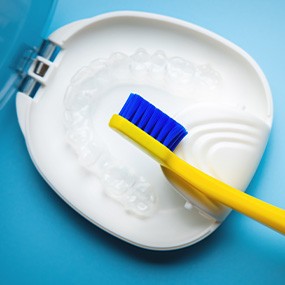
Traditional braces can make dental care hard, but Invisalign is different. Its trays won’t (or at least shouldn’t) get in the way of your oral hygiene habits.
You see, Invisalign trays are removable; they aren’t cemented to your smile like braces are. That means you can take them off before you do any brushing or flossing. In other words, you can clean your teeth without having to work around annoying brackets or wires. The result is that Invisalign makes cavities, gum disease, and other issues less likely than metal braces do.
Non-Invasive Care

Today's Invisalign process is much less invasive than metal braces. Even if you follow its wear time, treatment won’t disrupt your everyday life as much as brackets and wires would.
The fact is that Invisalign doesn’t force you to change many of your daily routines. Because its trays are removable, it lets you brush, floss, eat, and smile as usual. It also has shorter check-in visits compared to braces, as well as a flexible wear time. These latter traits ensure patients with busy schedules can maintain their treatment progress.
Boosted Confidence

Unlike metal braces, Invisalign won’t leave you self-conscious over your looks. Its trays should leave you assured and confident during and after treatment.
It comes down to how Invisalign trays use clear plastic. As a result, the aligners shouldn’t affect your smile’s looks in the eyes of others. This truth is great news for teens, young adults, and other patients who want to mingle and socialize.
Quick Follow-Ups

Another perk of Invisalign is that it has short follow-up visits. Plus, the sessions are less uncomfortable and extensive than those for metal braces.
The average Invisalign check-in is only done every six to eight weeks. At the same time, these visits tend to be brief – only about 15-30 minutes or so. A dentist can use this short time to confirm your treatment is on track and moving your grin as it should.
